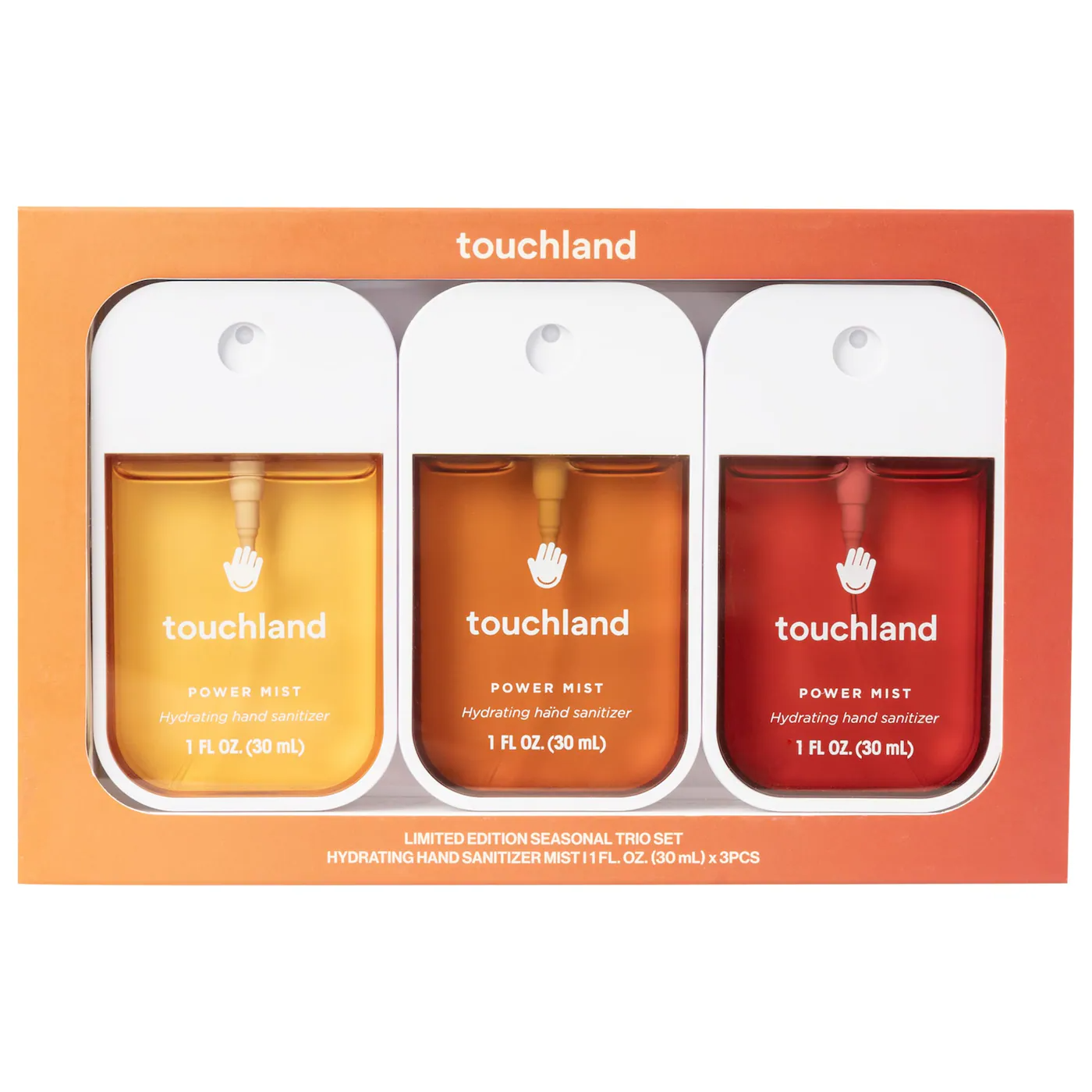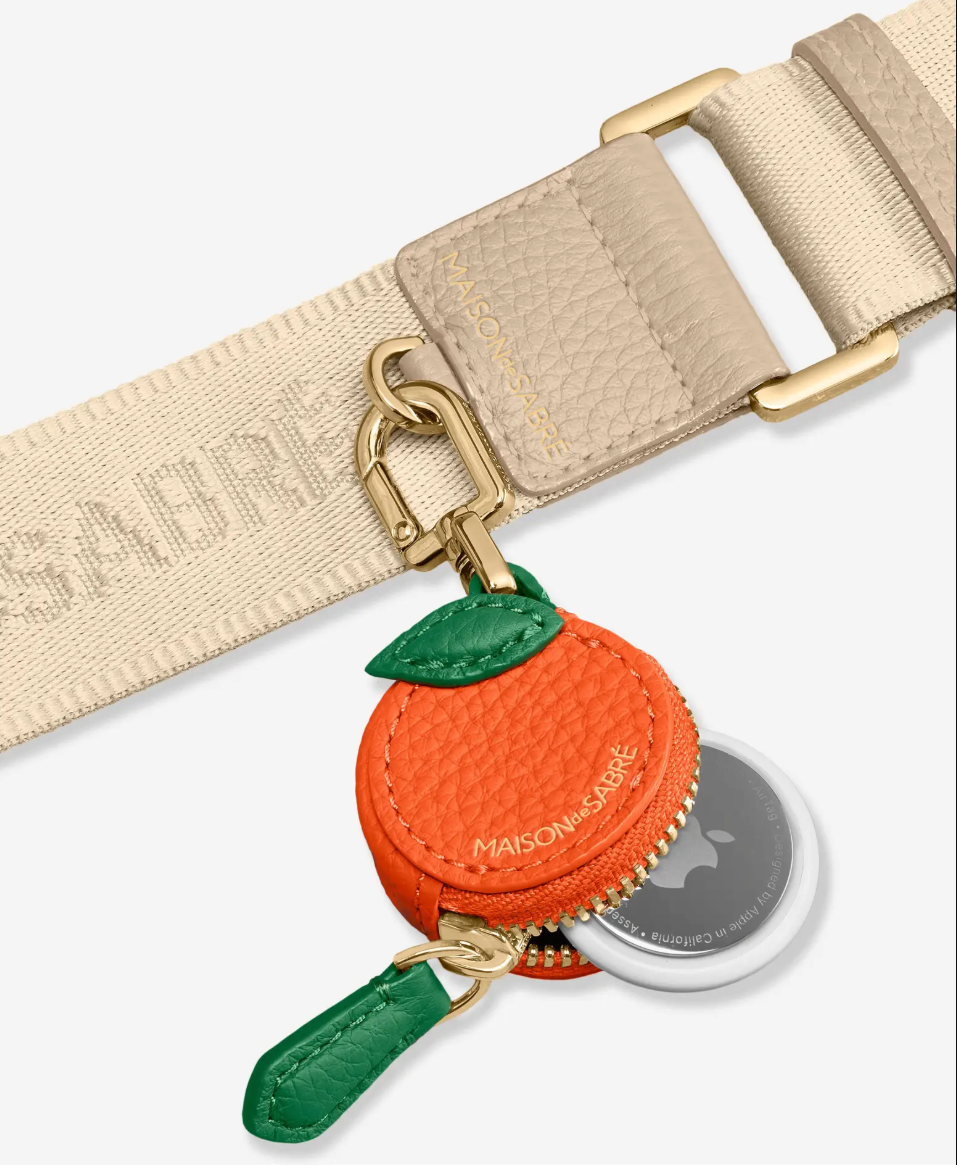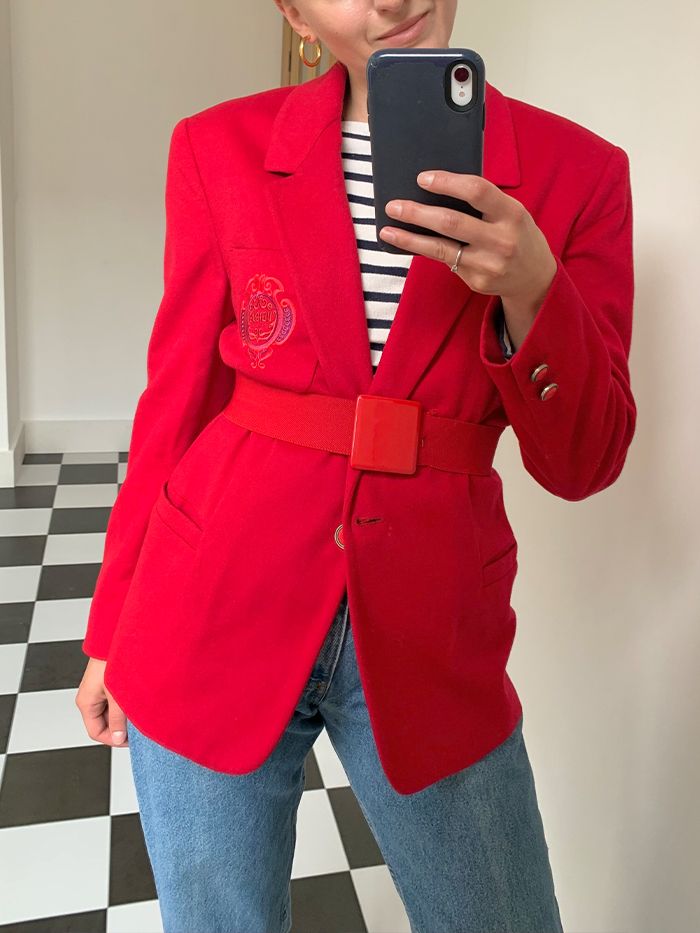
The Second-Hand Shopper sees Who What Wear’s shopping editor, Joy Montgomery, join forces with some of the industry’s coolest vintage brands to show you that second-hand does not have to mean second best. This series will give you exclusive access to sellout second-hand drops, which will be hand-selected by our editor and styled to show how you can wear them for the season ahead. Prepare to get clicking because these pieces won’t stick around for long.
From the iconic Portobello Market to the bustling streets of Brick Lane, the vintage-market scene has deep roots in London’s history. Seamlessly woven within the high-rise apartment blocks and shiny façades of corporate London, the markets are a perfect example of the city’s old-meets-new identity—one that continues to draw in the crowds. Of course, some of the city’s most famous spots may have developed a certain polish that didn’t exist 50 years ago, yet the spirit of market-stall culture remains.
For this month’s Second-Hand Shopper, I have joined forces with Goldsmith Vintage, a brand that started out life as a Brick Lane market stall back in 1990. While the founder, Peter Goldsmith, has grown his namesake brand into a million-pound operation, at its core, it is a story of the power of small business and the internet’s ability to give a platform to bricks-and-mortar brands when they need it the most.
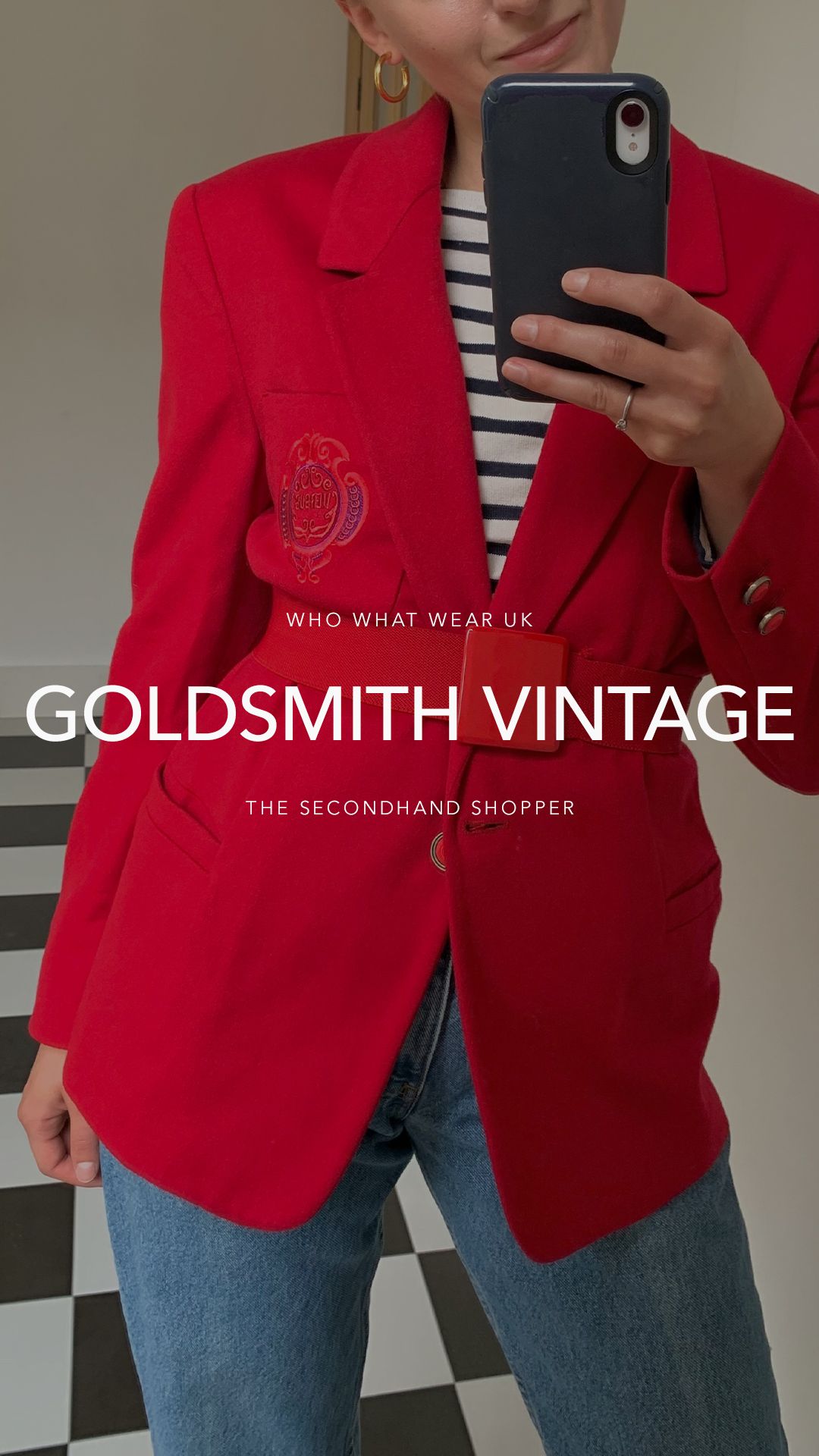
Boasting three Central London stores, a cavernous vintage warehouse (the largest in the capital, FYI) and a recently launched website, the Goldsmith Vintage brand merges the traditional, DIY appeal of the vintage market with the throwback ’90s aesthetic beloved by Gen Z. Covering womenswear, menswear, unisex and a reworked collection, the online edit is as contemporary as pre-loved gets, with all items professionally photographed and some shot on models. With the majority of items coming in under £100 (with a couple of higher-priced designer exceptions), it’s a vision of what vintage could be: a genuine rival to the multi-million-pound fast-fashion machine.
I wanted my edit to reflect the multifaceted nature of the brand, covering everything from ’70s leather coats to ‘90s button-down dresses. I have also selected both summer and autumn items as, in my experience, when you find that one-of-a-kind vintage buy, you have to snap it up whatever the season. Just as a disclaimer, I have decided not to model a couple of items, which are more than two sizes different from my usual size (a UK 10), as I didn’t want to give an inaccurate depiction of the fit. However, I have styled them up as flat lays to give you some outfit inspiration. If in doubt, triple-check the measurements listed on the site.
But first, I sat down with Peter Goldsmith to pick his brain about everything from his ultimate vintage find (Chanel, of course) to his hopes for the future of the second-hand market.
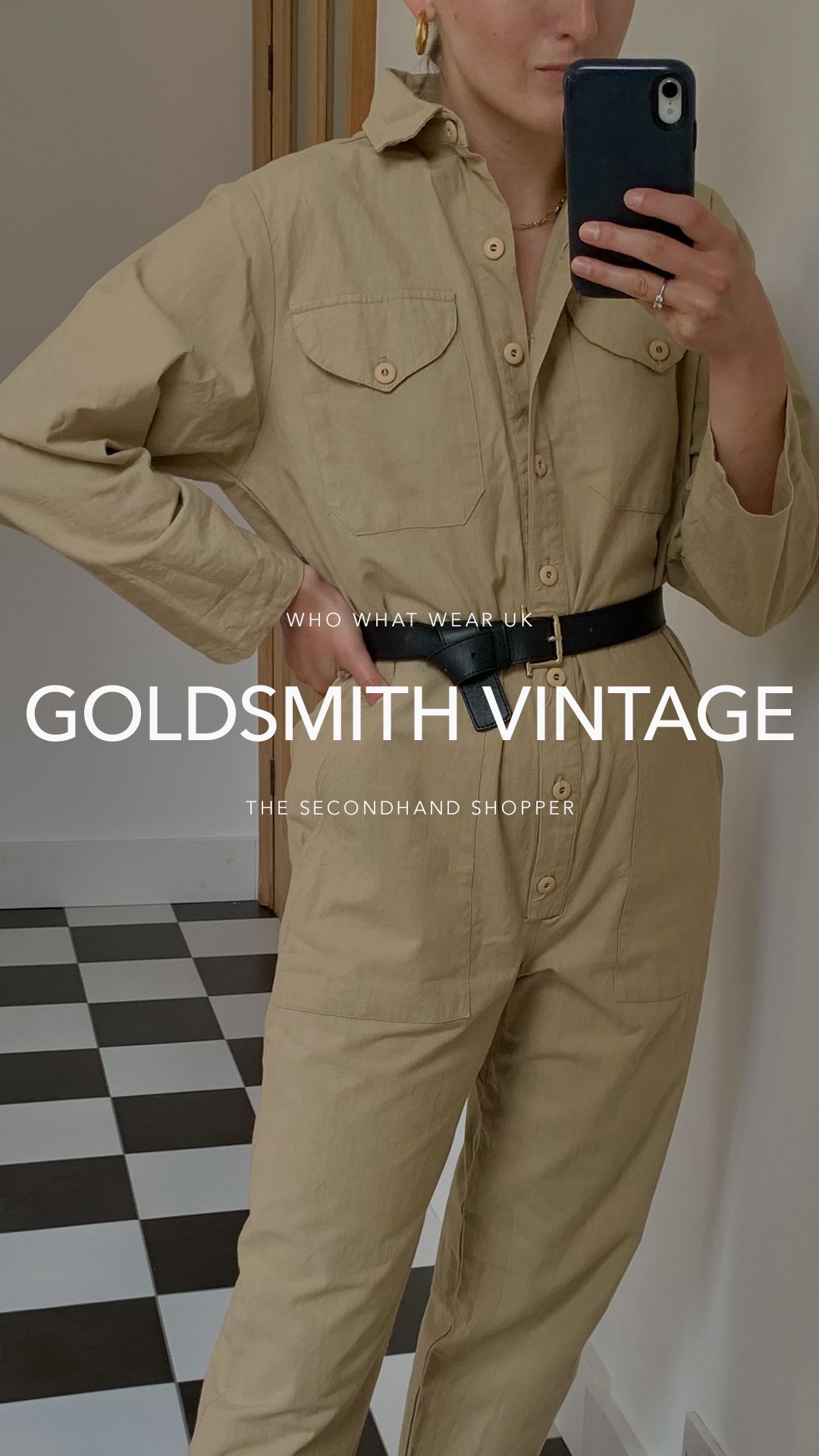
How did you first get into the vintage business?
My first vintage business was the result of a market stall in Central London. I would buy and sell items I saw at car boot sales and would sell pieces from my own archive. Before I knew it, the business had built into three Central London stores and evolved into a growing million-pound business. In my view, you have to have the right eye and a good business mind; put those two things together, and you’re unstoppable.
How has the vintage industry changed over your career?
There has been a definite move away from vintage being about classic historical fashion styles. In recent years, the industry has become led by high-street fashion trends, with the ’90s dominating the industry for some time now.
What do you think are the main barriers to second-hand becoming a more mainstream practice?
I think vintage shopping is still largely centred around a regional demographic of shoppers. In the UK, this can be clearly seen in cities like London, Brighton, Manchester and Leeds. However, the rise of the internet, social media and online shopping is helping to break the regional nature of vintage fashion along with its continued exposure in the fashion and wider media outlets.
I also think, historically, audiences might have assumed thrifting is almost a second-class option and that buying vintage is associated with second-hand and is consequently less desirable. Having said that, times are definitely changing. I am increasingly seeing people from across different cultures, ages and regional demographics buying vintage clothing. They are, in my view, increasingly understanding that the garments are made from high-quality fabrics, often superior to what you will find being used in current high-street outlets. It also offers the opportunity to find branded and high-end designer items at a fraction of the usual price. Vintage is definitely already impacting mainstream fashion and will continue to grow over the coming years.
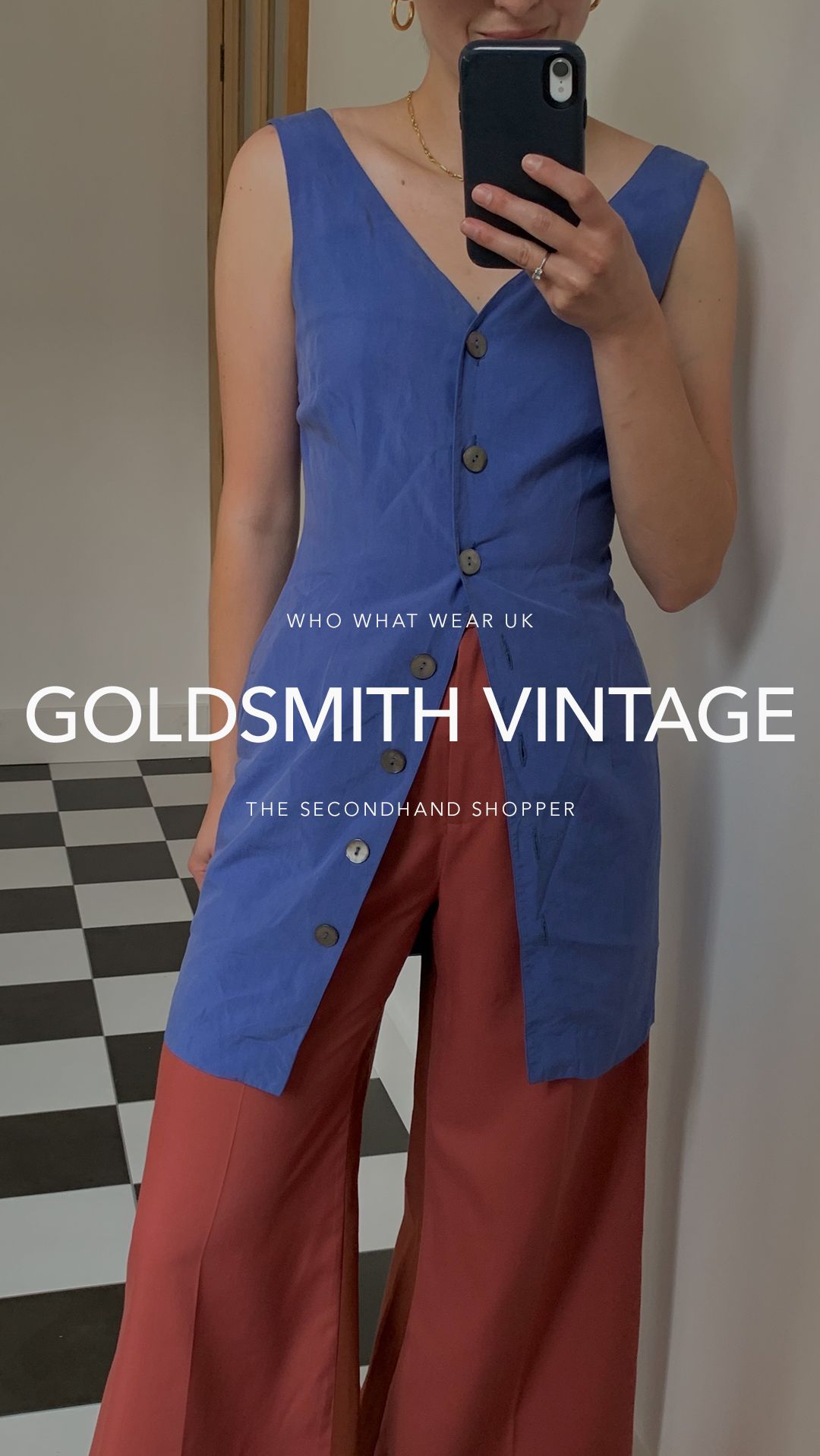
What’s been your best-ever vintage find?
I once found a Chanel handbag at a thrift store in New York being sold as a bootleg item. I have sold many Chanel handbags in the past, and we continue to stock them through our webstore and Portobello Road shop, so I have a keen eye when authenticating them. When I saw the bag, I was convinced the item was real. After buying the bag for $40, it later transpired, after being sent to a company that authenticates bags, that my initial assessment was correct, and the bag had a retail value of over £2000.
What are your top tips for first-time vintage shoppers?
Online shopping is great for people who live outside of major cities and might not have the opportunity to access so many vintage stores. It also offers a safe and easy alternative during the pandemic. Being able to look through an online archive at your own pace from home is also a massive benefit.
However, in my view, first-time vintage shoppers must get out there onto the high street and visit vintage stores first-hand. You can’t beat the atmosphere, touching the garments, chatting to enthusiastic staff and being able to try items on and style yourself in the fitting room. Being on the high street, you can also learn so much just by watching people’s style and trends. Through this, you can inspire your own looks and have greater confidence in ways to wear and explore vintage.
Where would you like to see the vintage industry in five years’ time?
I think the vintage industry has the opportunity to be one of the biggest authentic exponents of environmental protection in the fashion industry and can lead the existing fashion industry to become more environmentally conscious. Through buying vintage, you are supporting the recycling industry and rejecting unethical fast fashion and the throwaway landfill culture that surrounds so much of the clothing industry today. I think in five years’ time, vintage fashion can continue to position itself as an ethical and environmentally friendly way of buying fashion and protecting the environment through your everyday.
Scroll down to see and shop my exclusive Goldsmith Vintage edit, which goes live today.
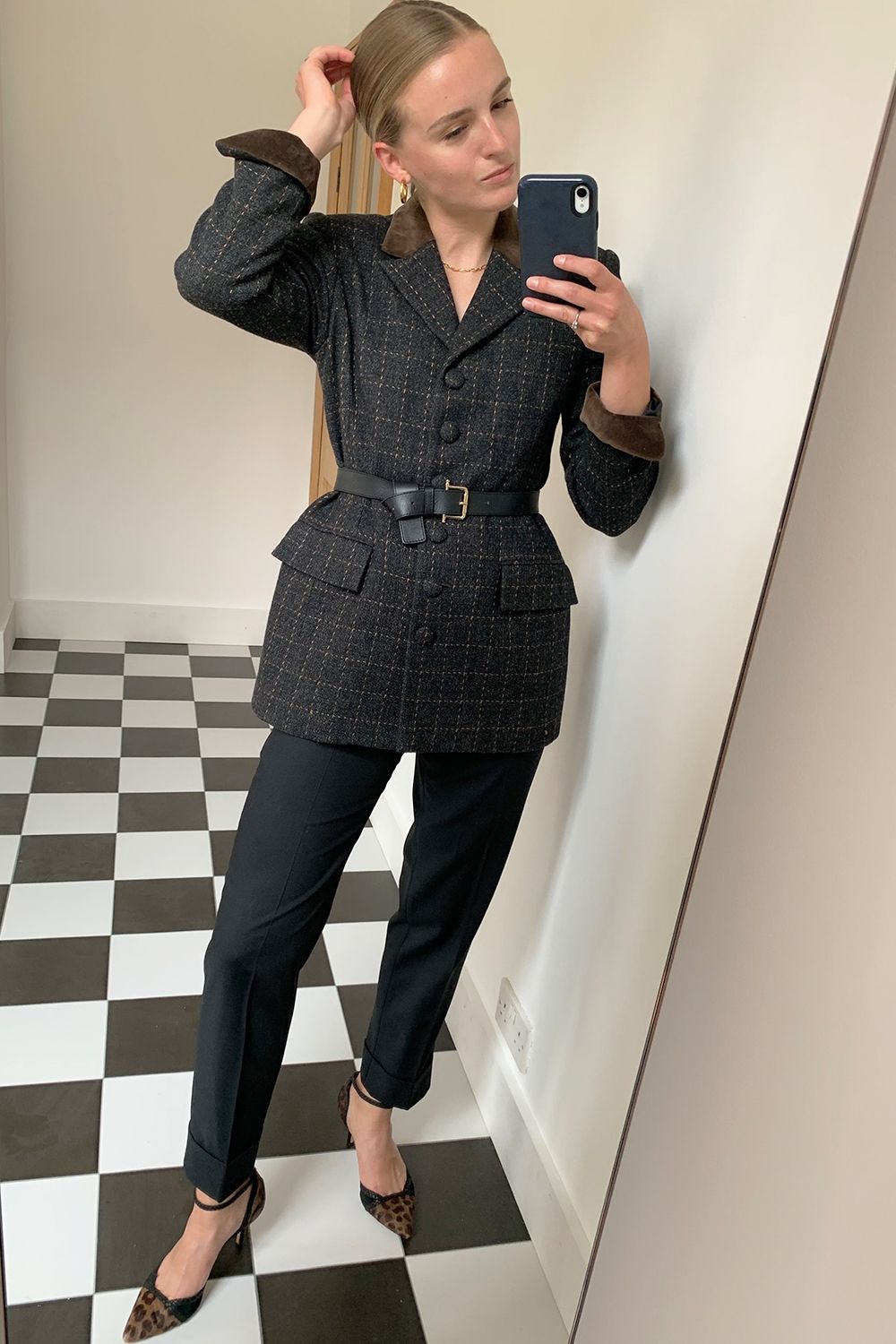
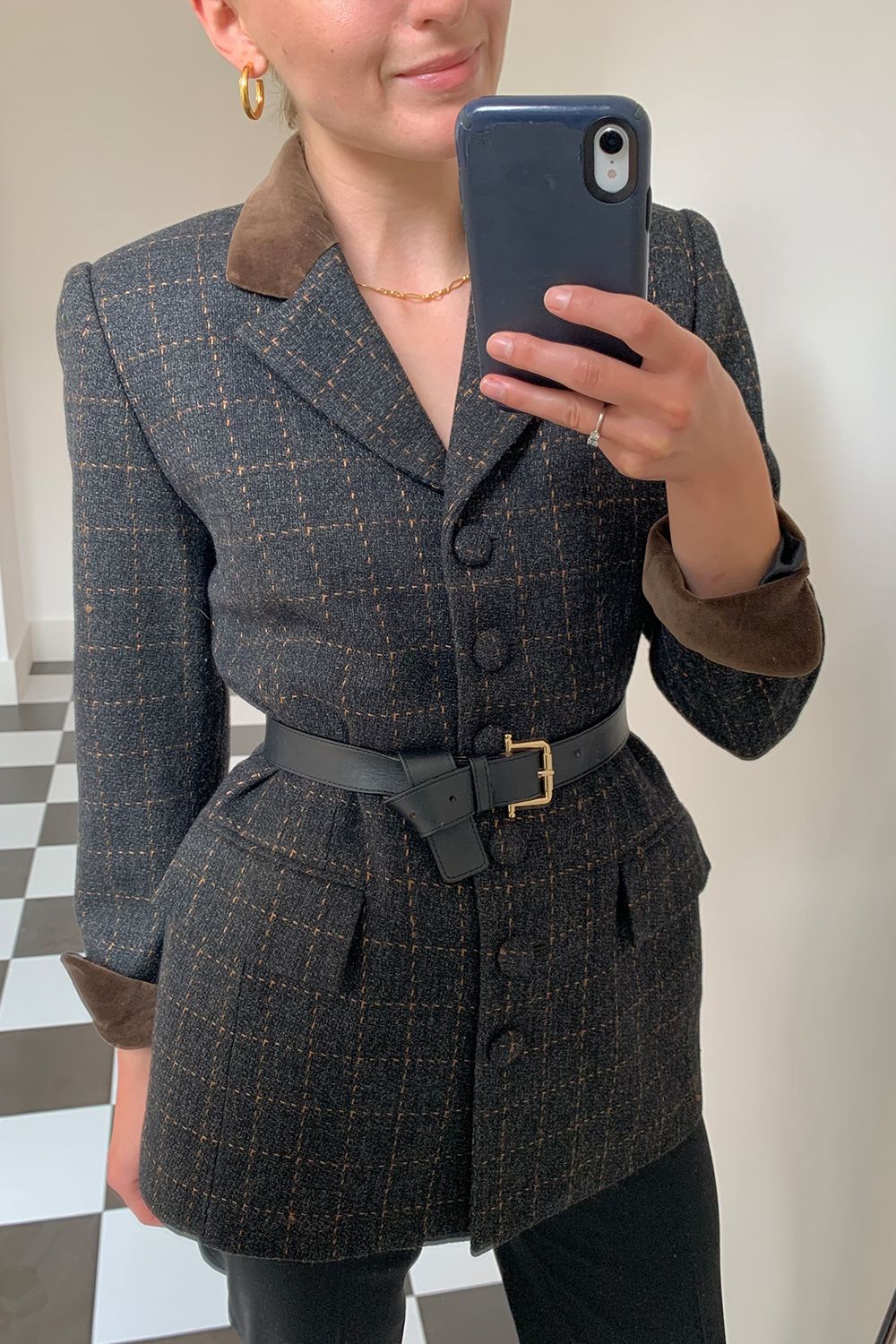
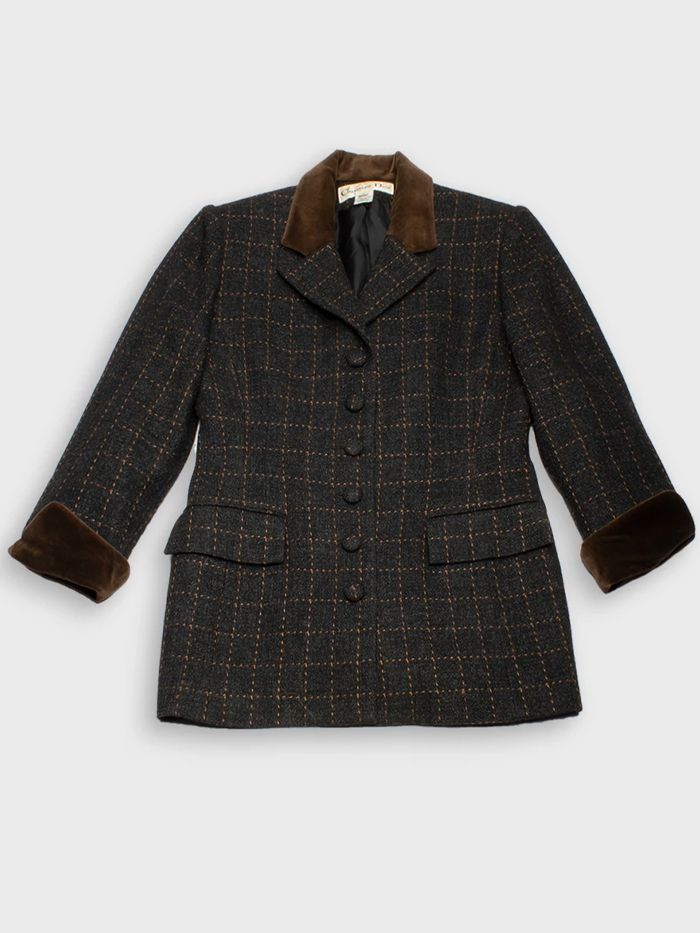
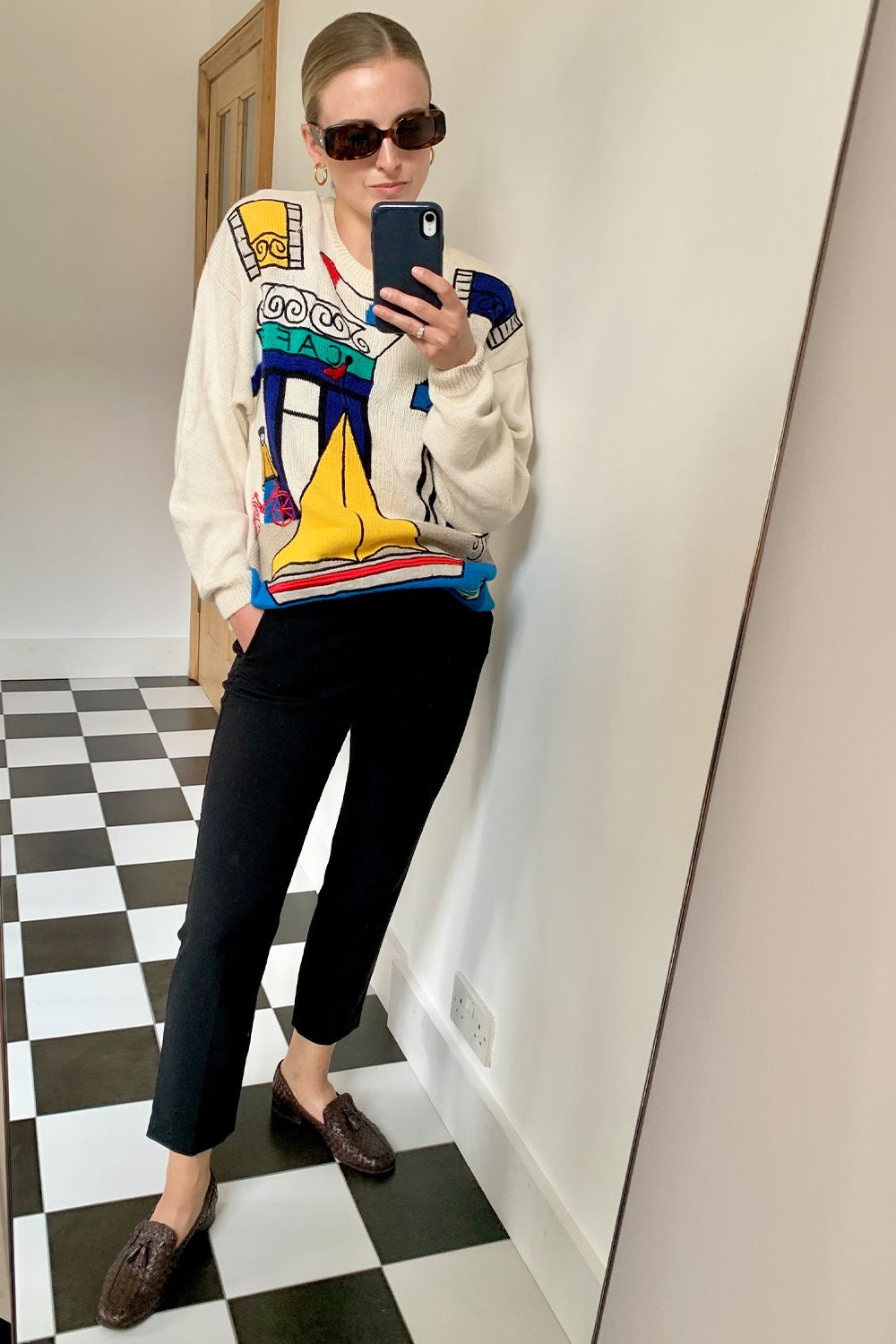

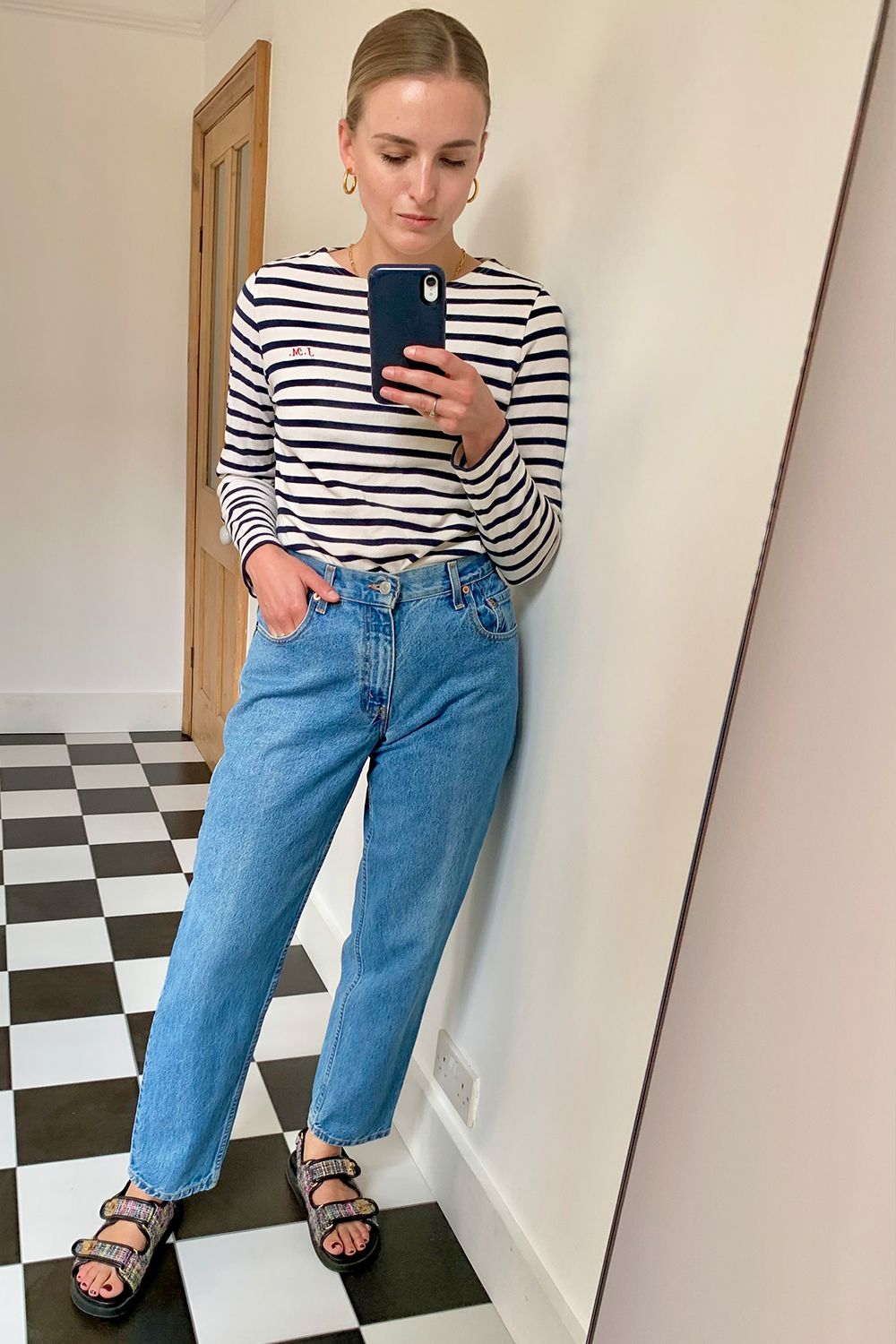
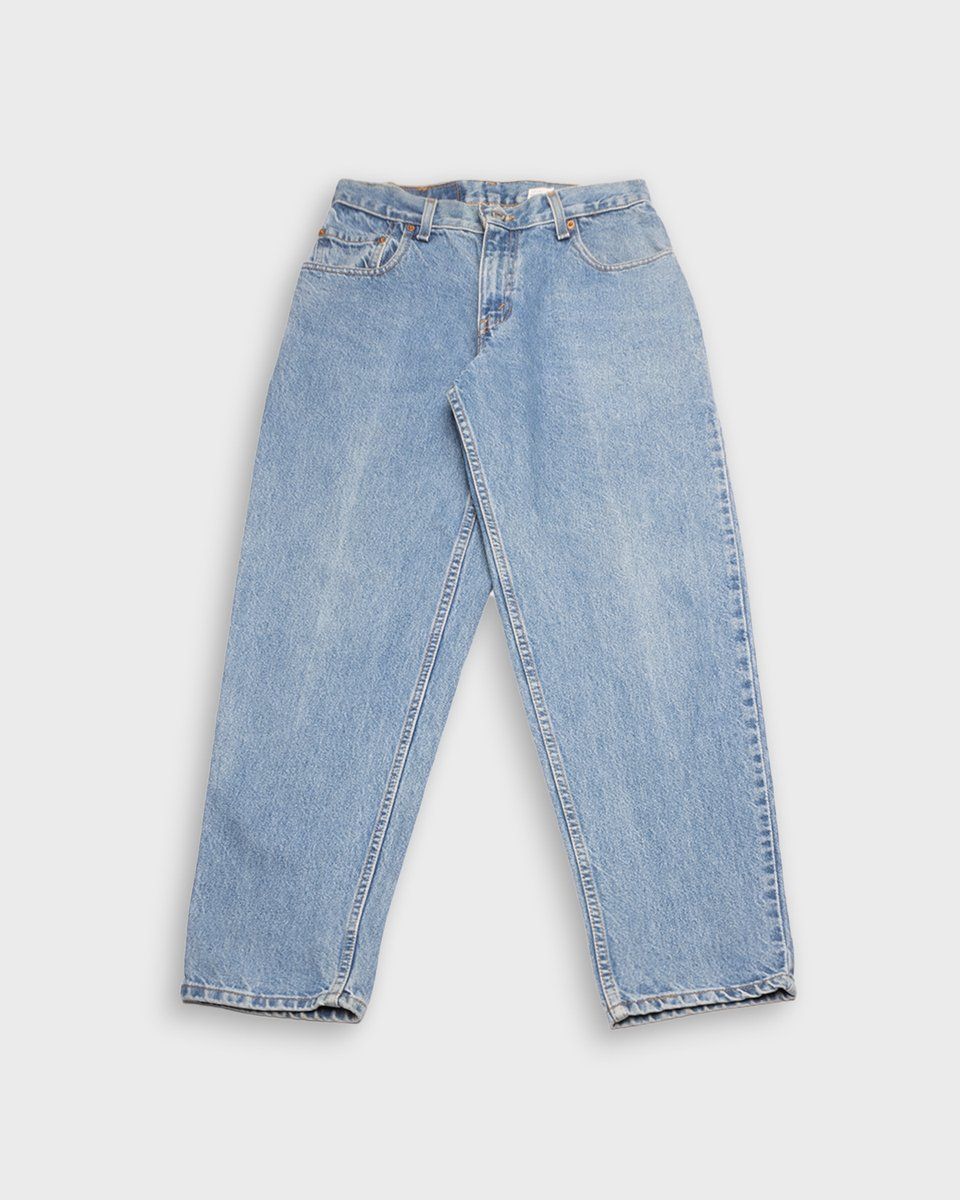

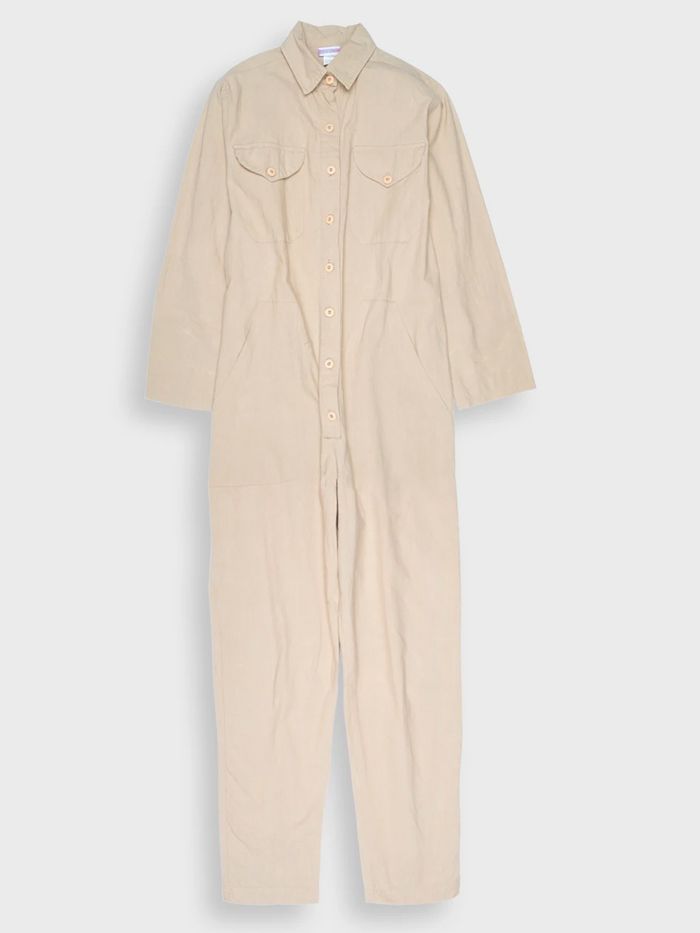
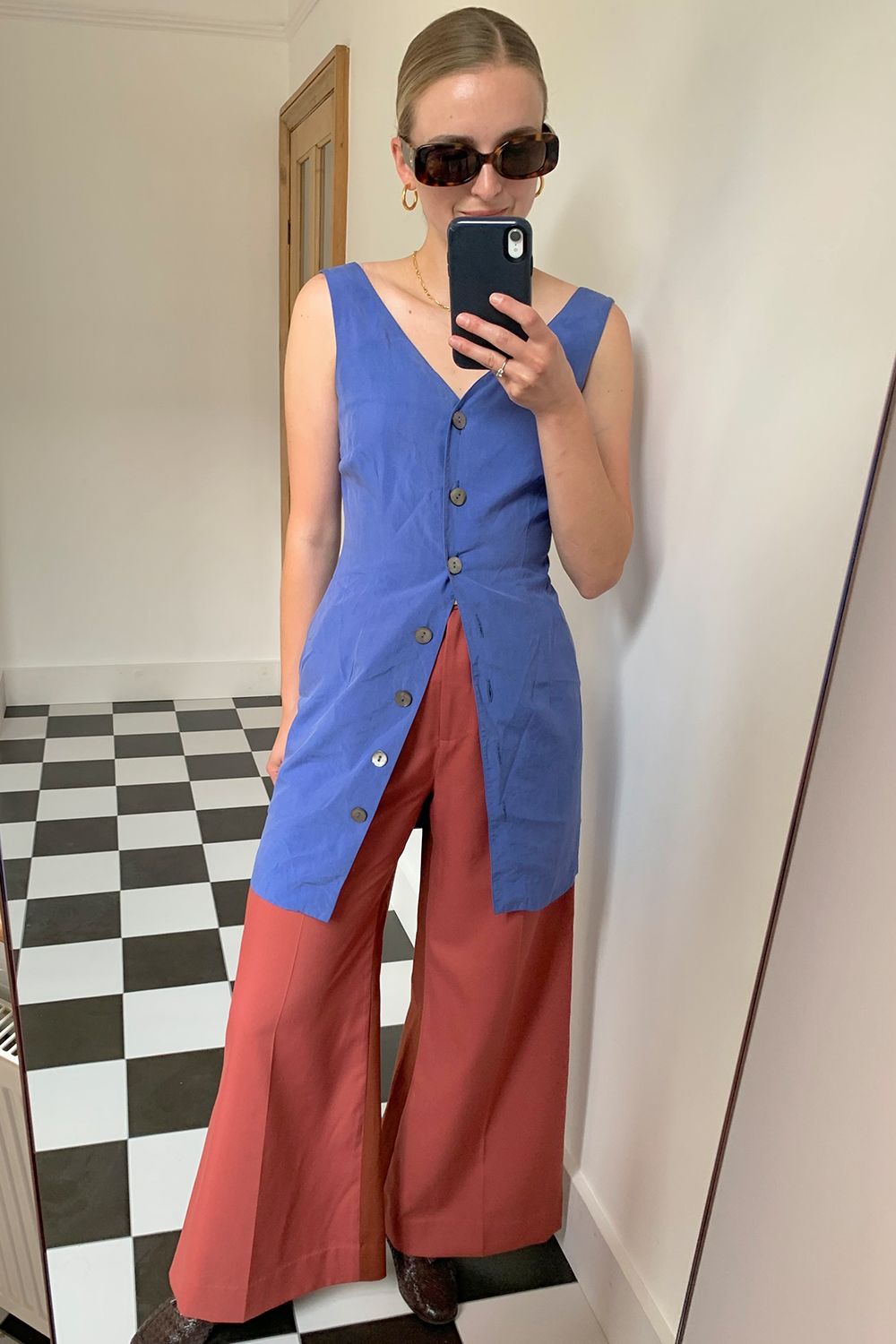
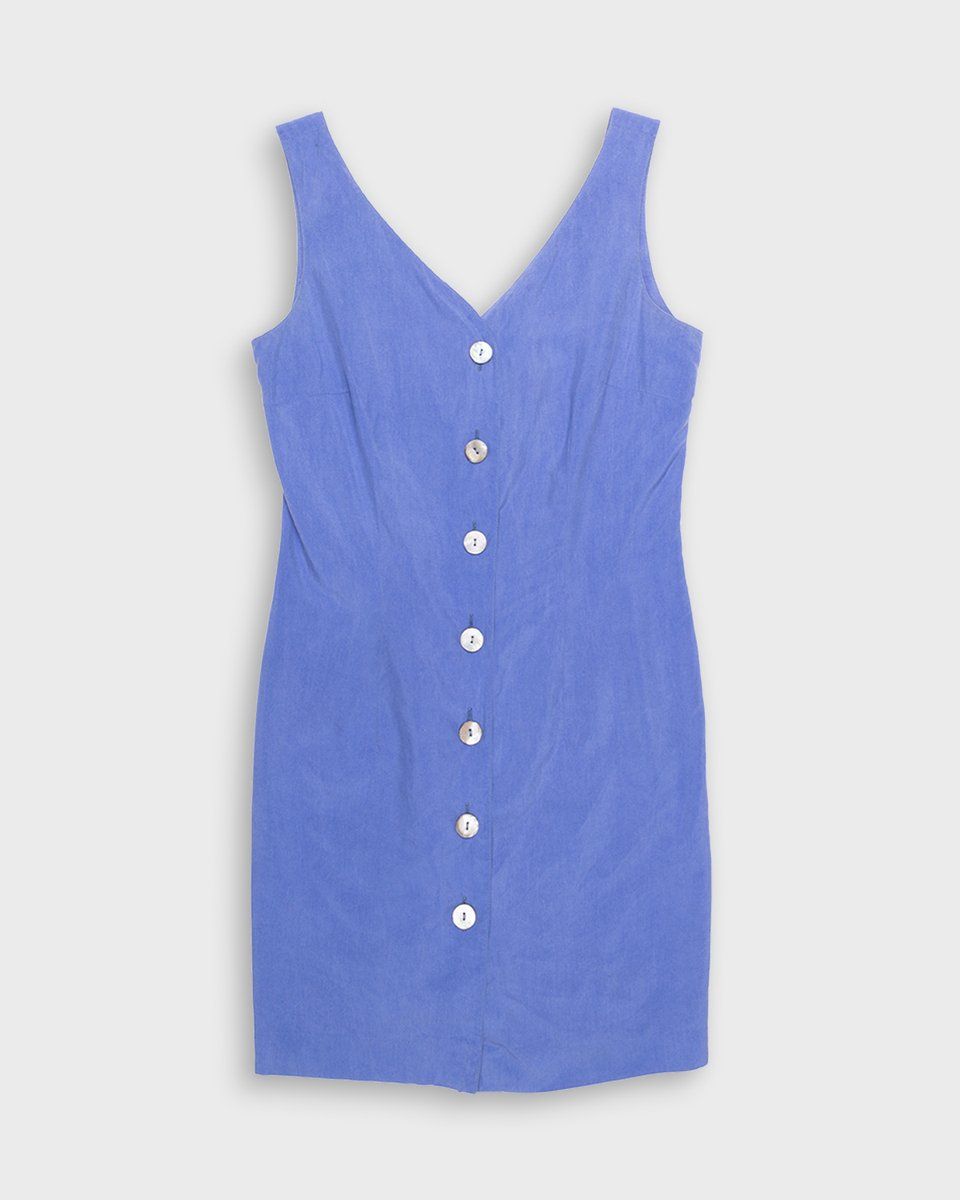
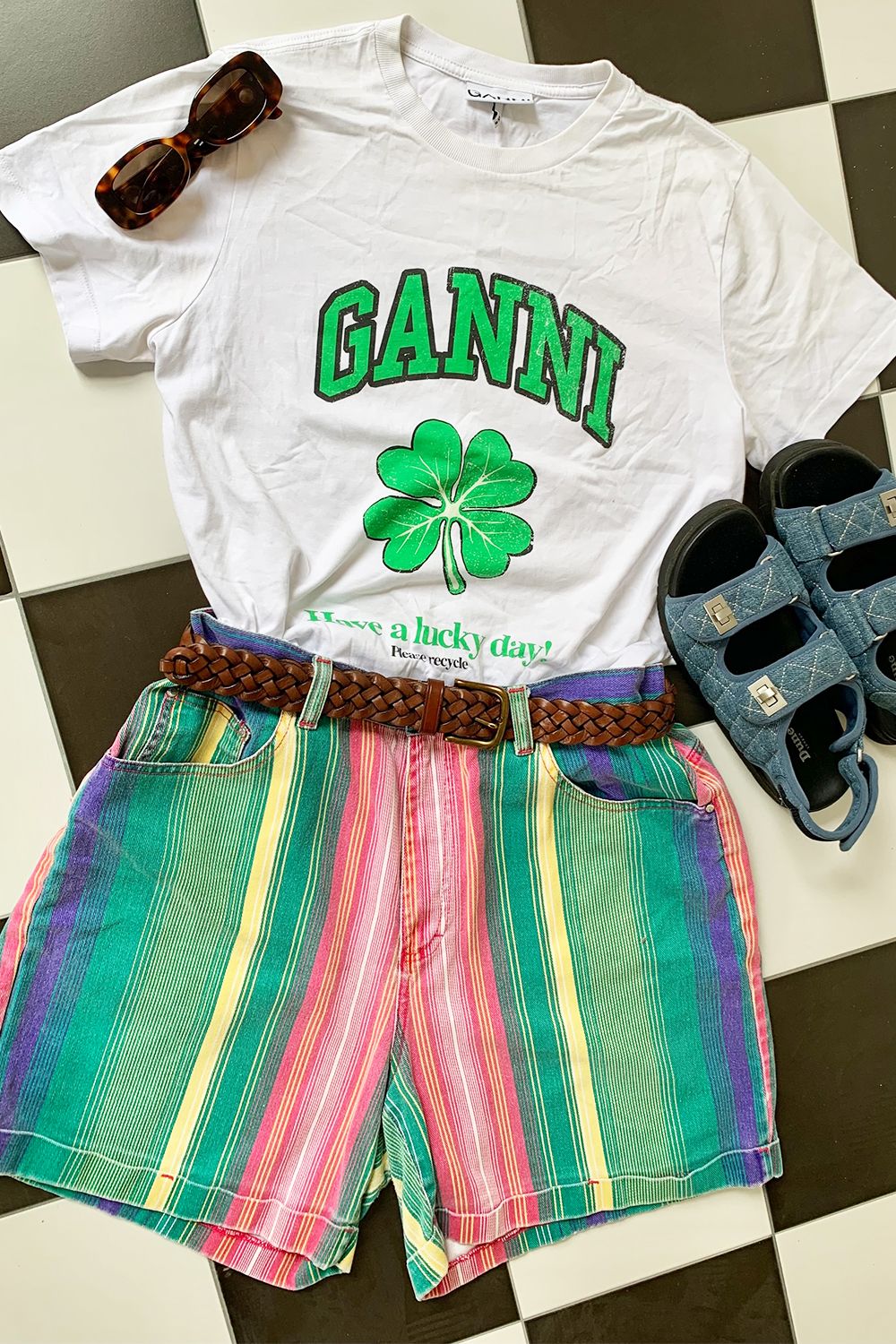
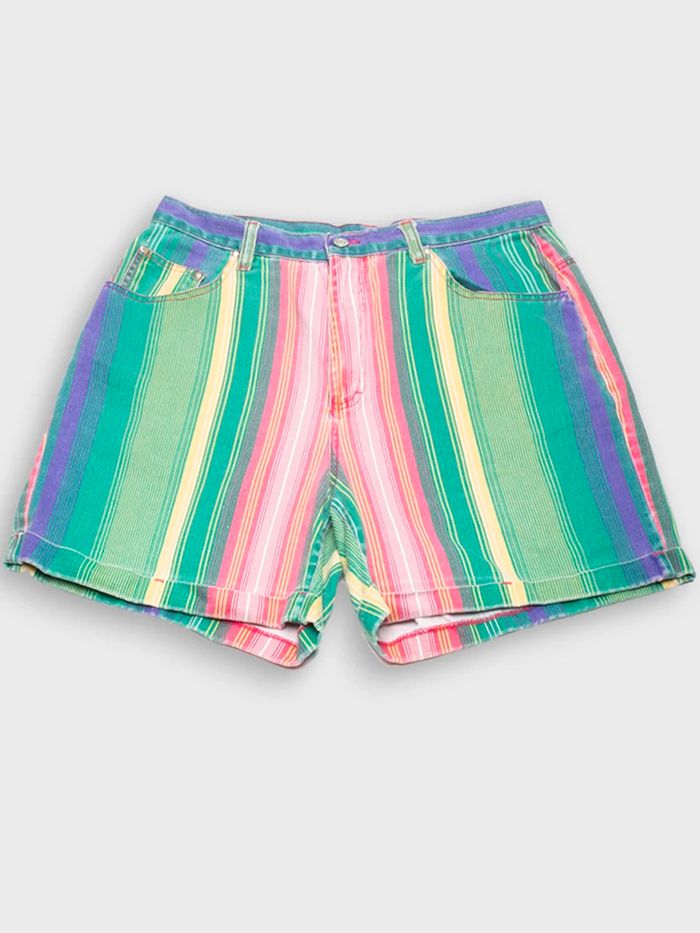
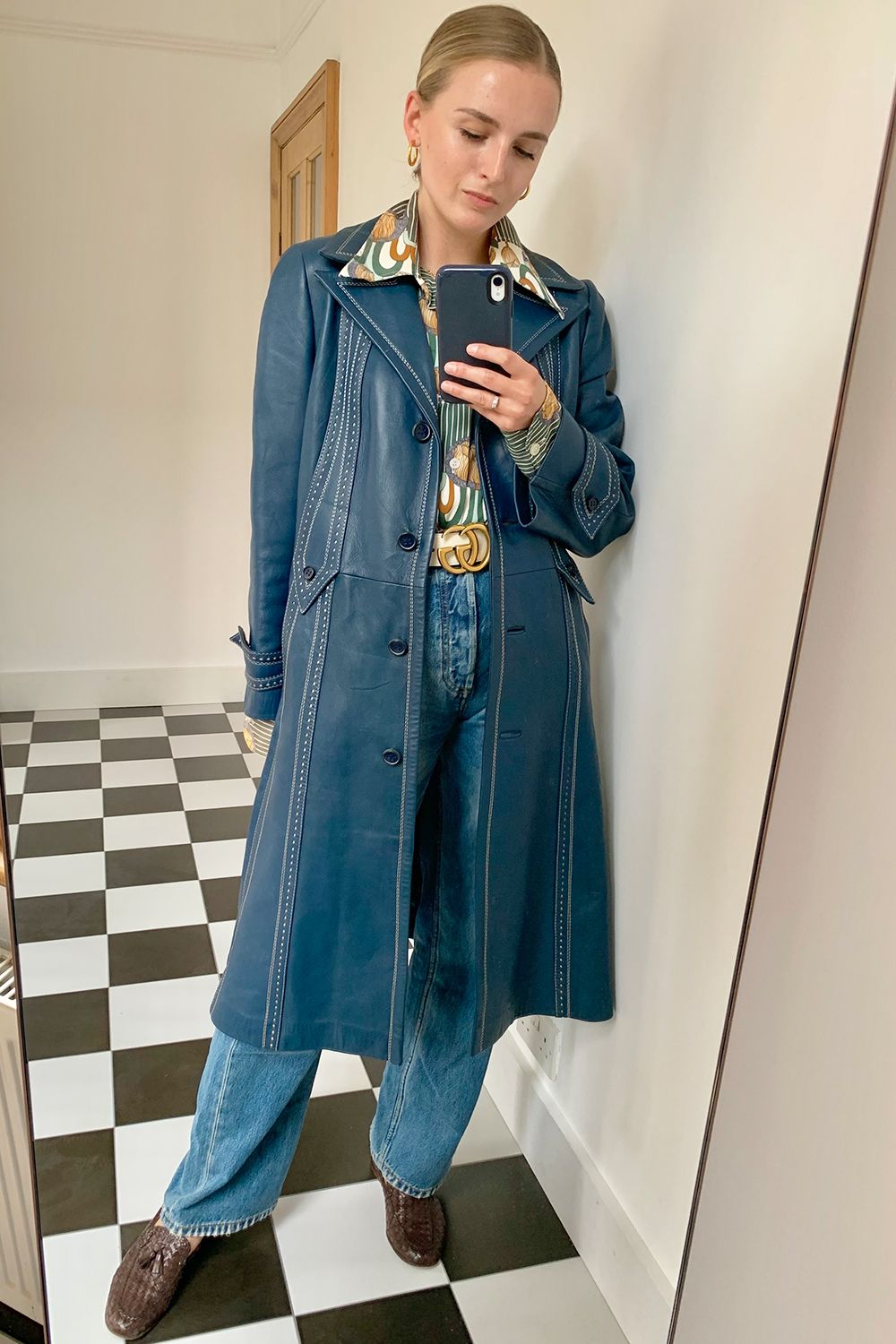
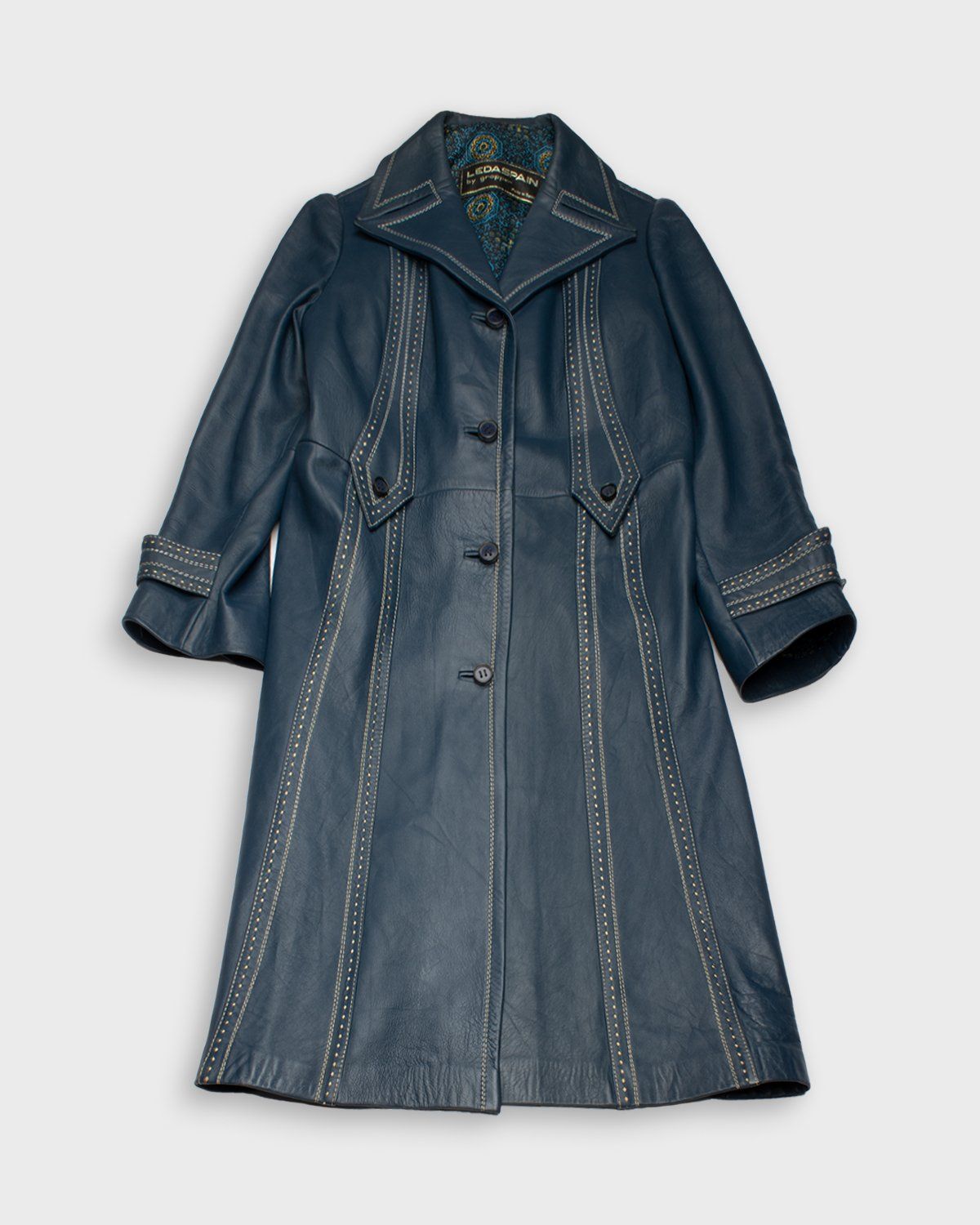


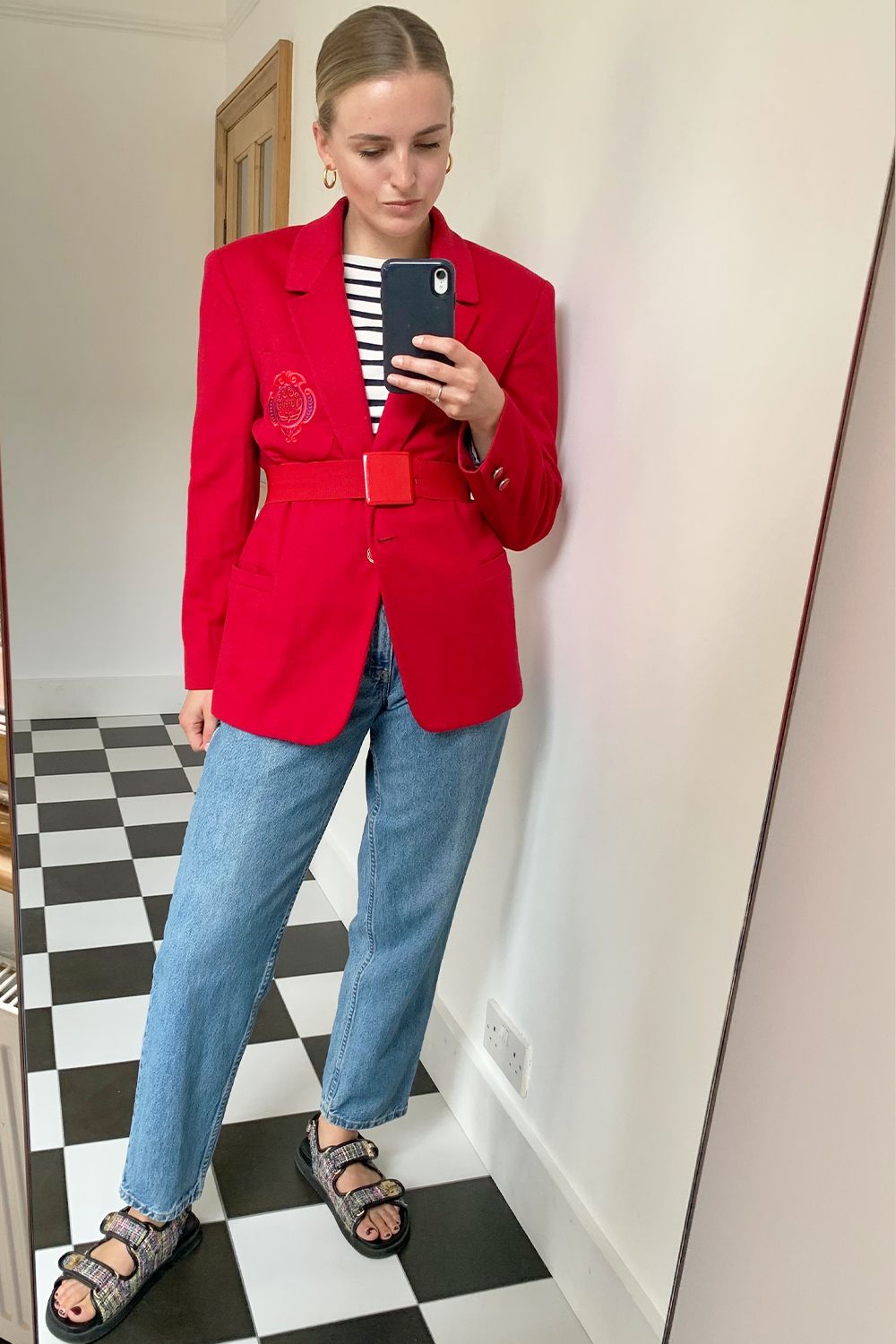
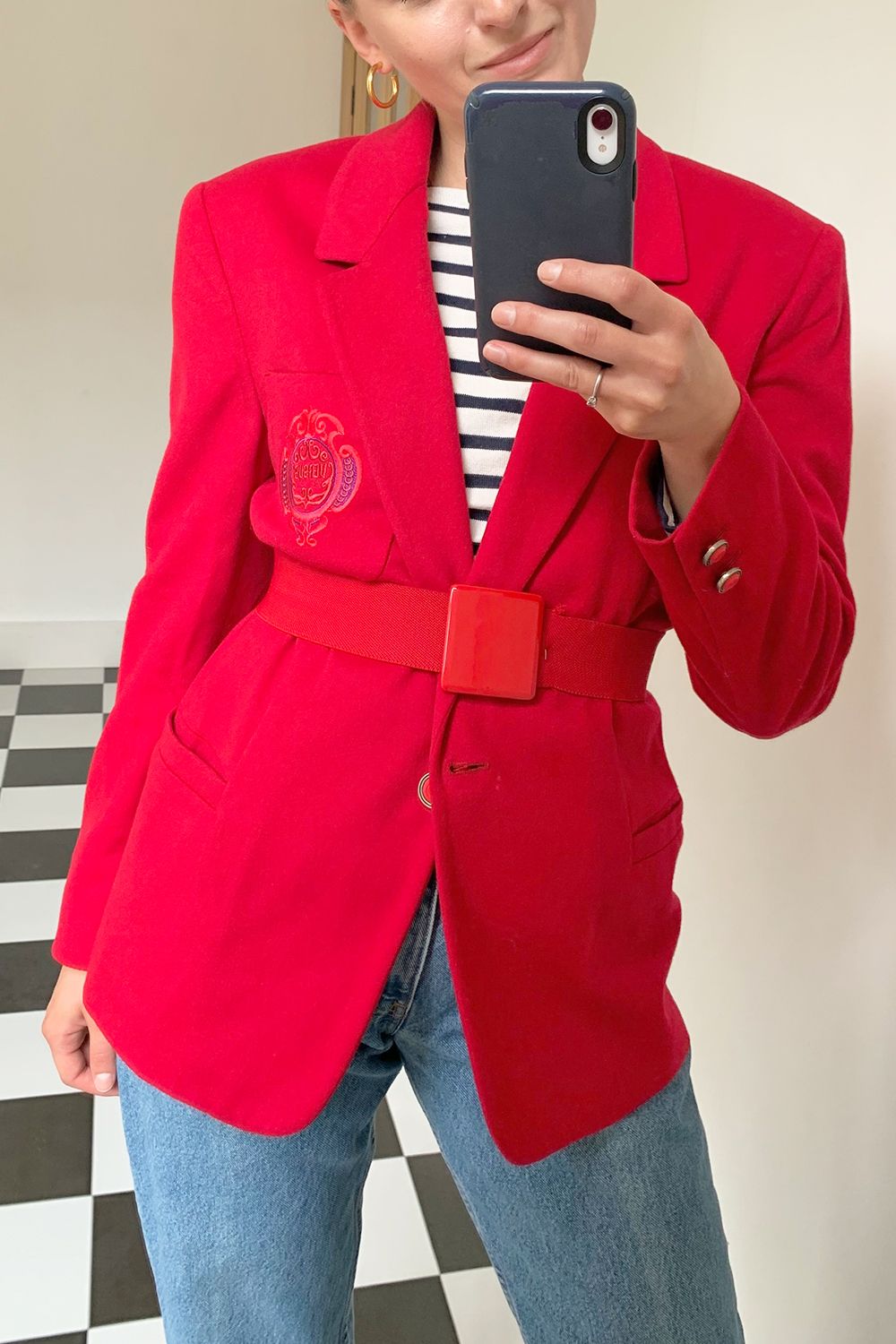
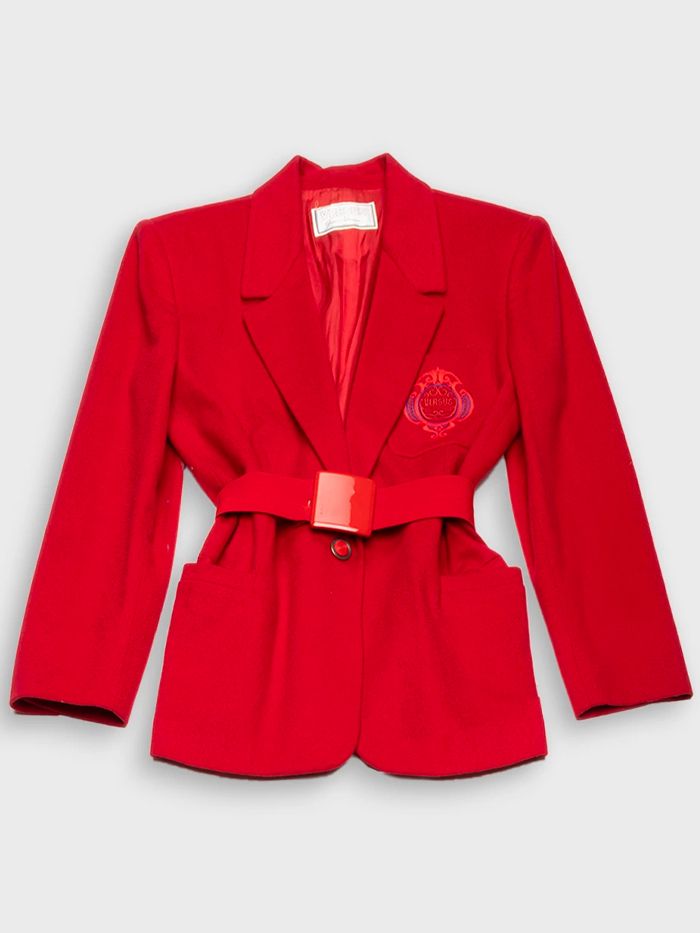

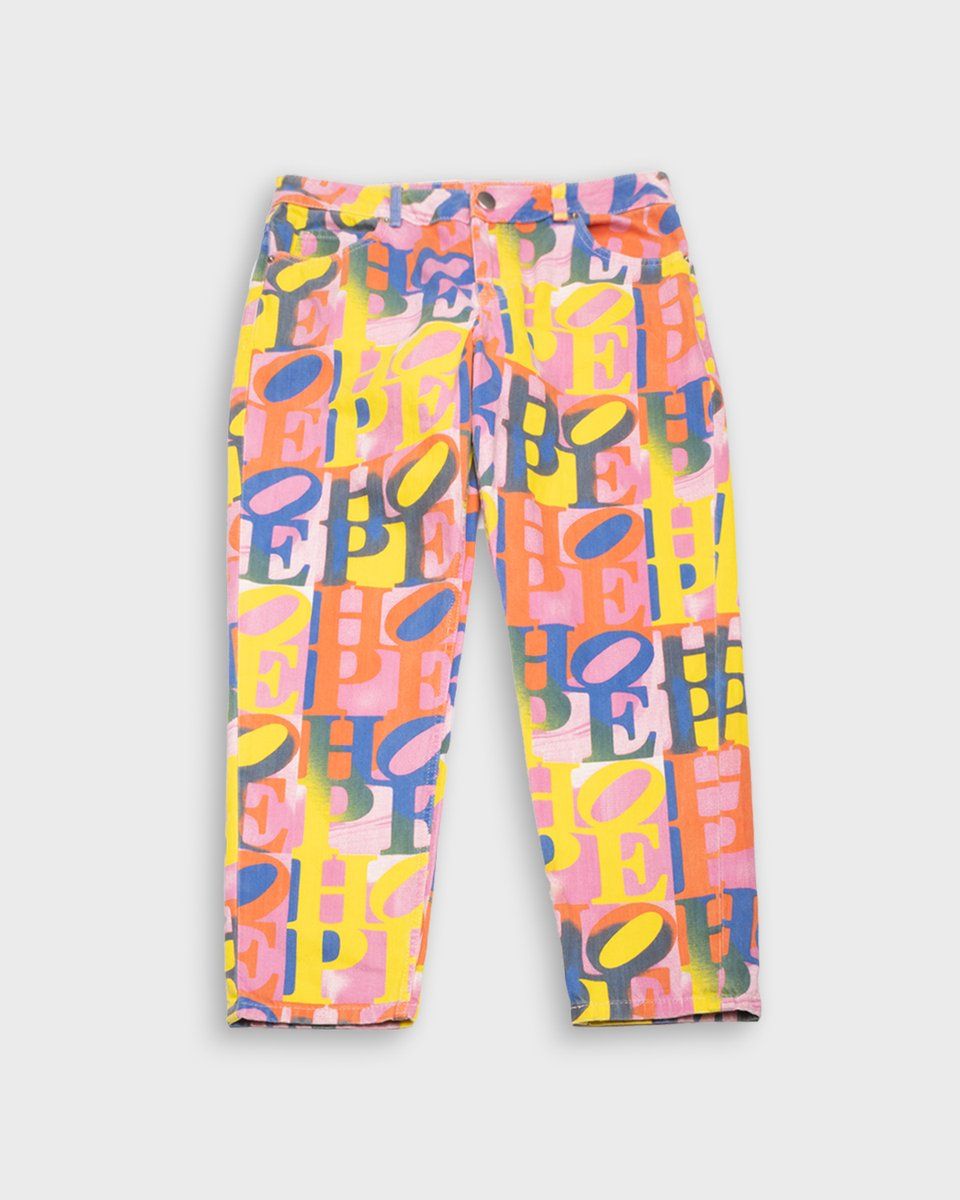
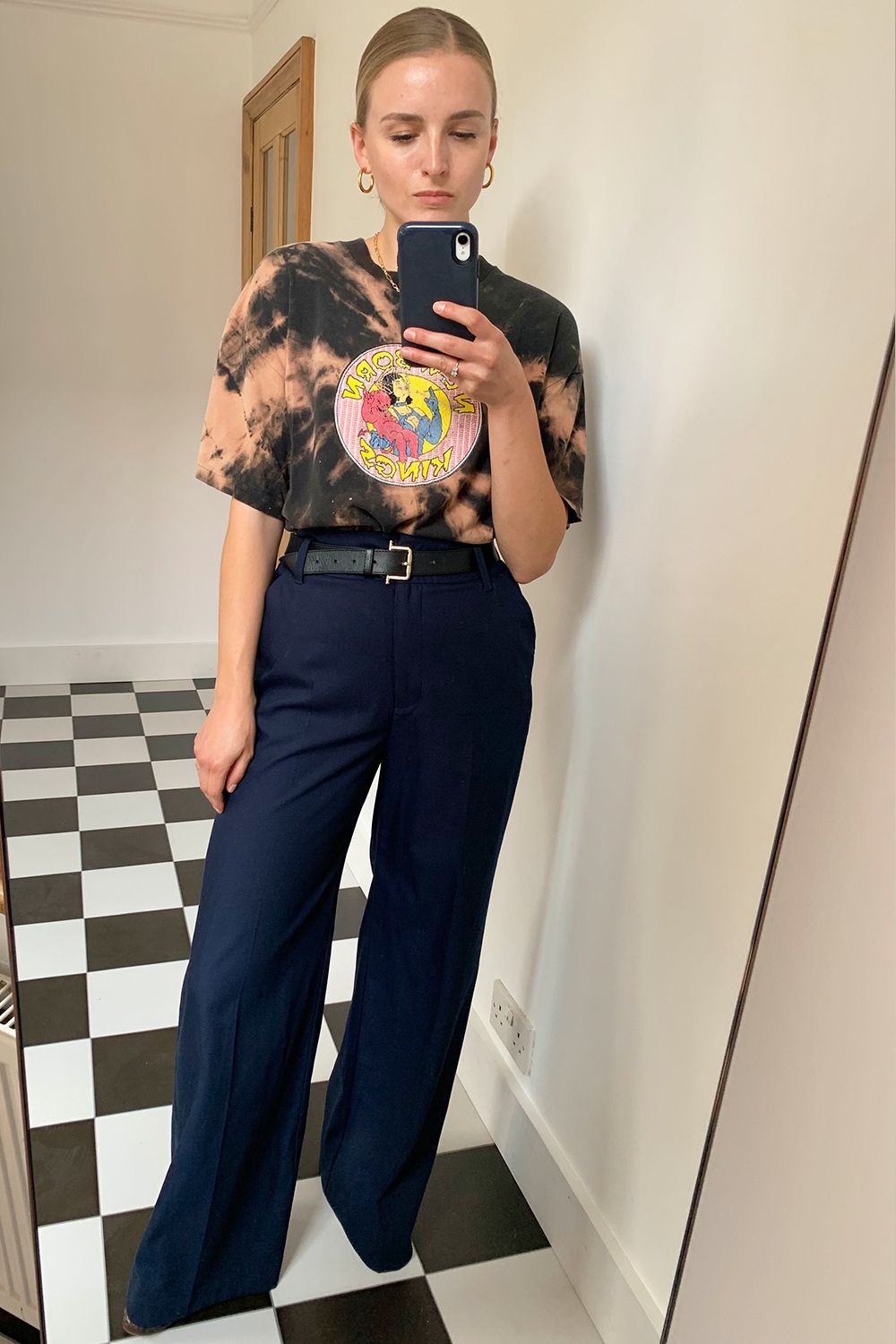
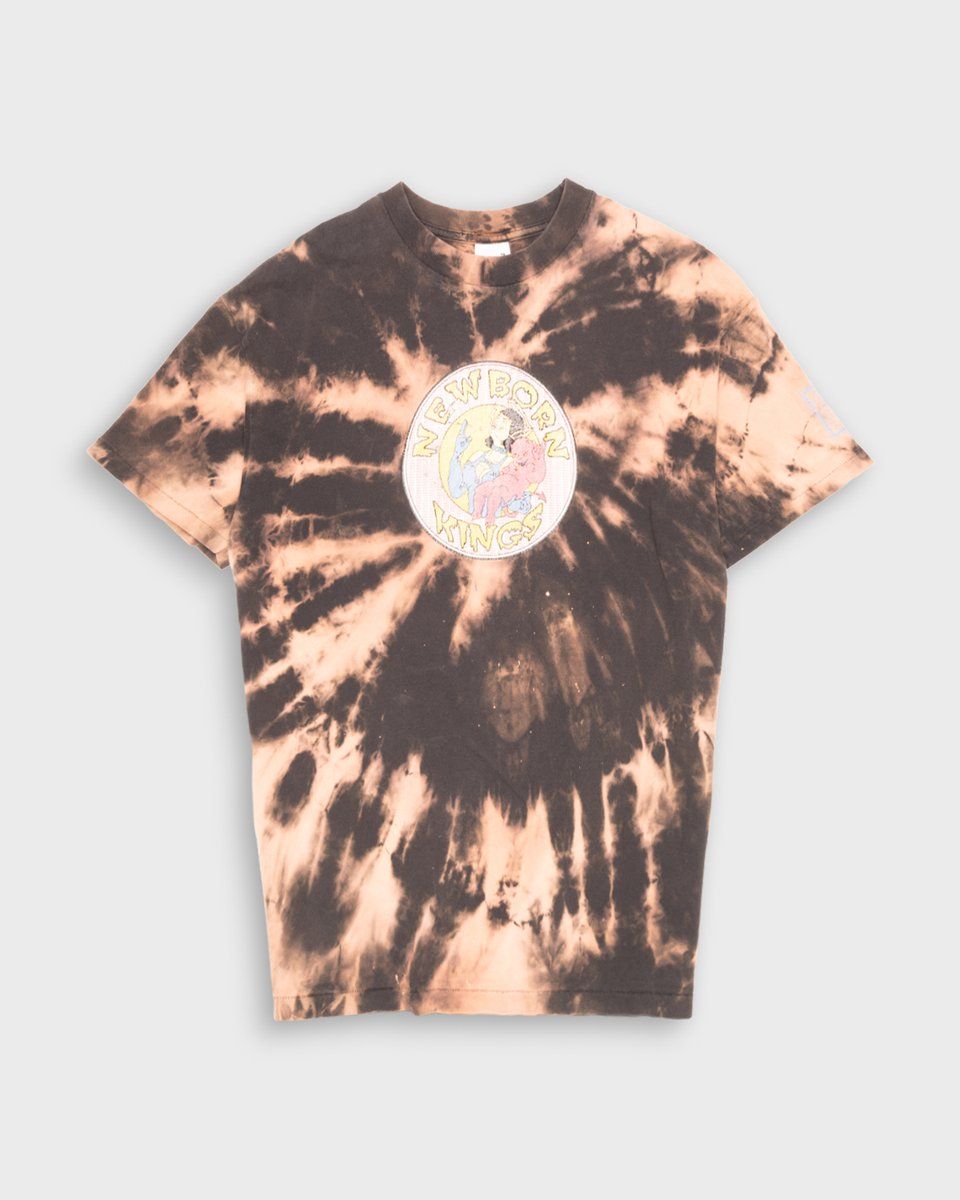
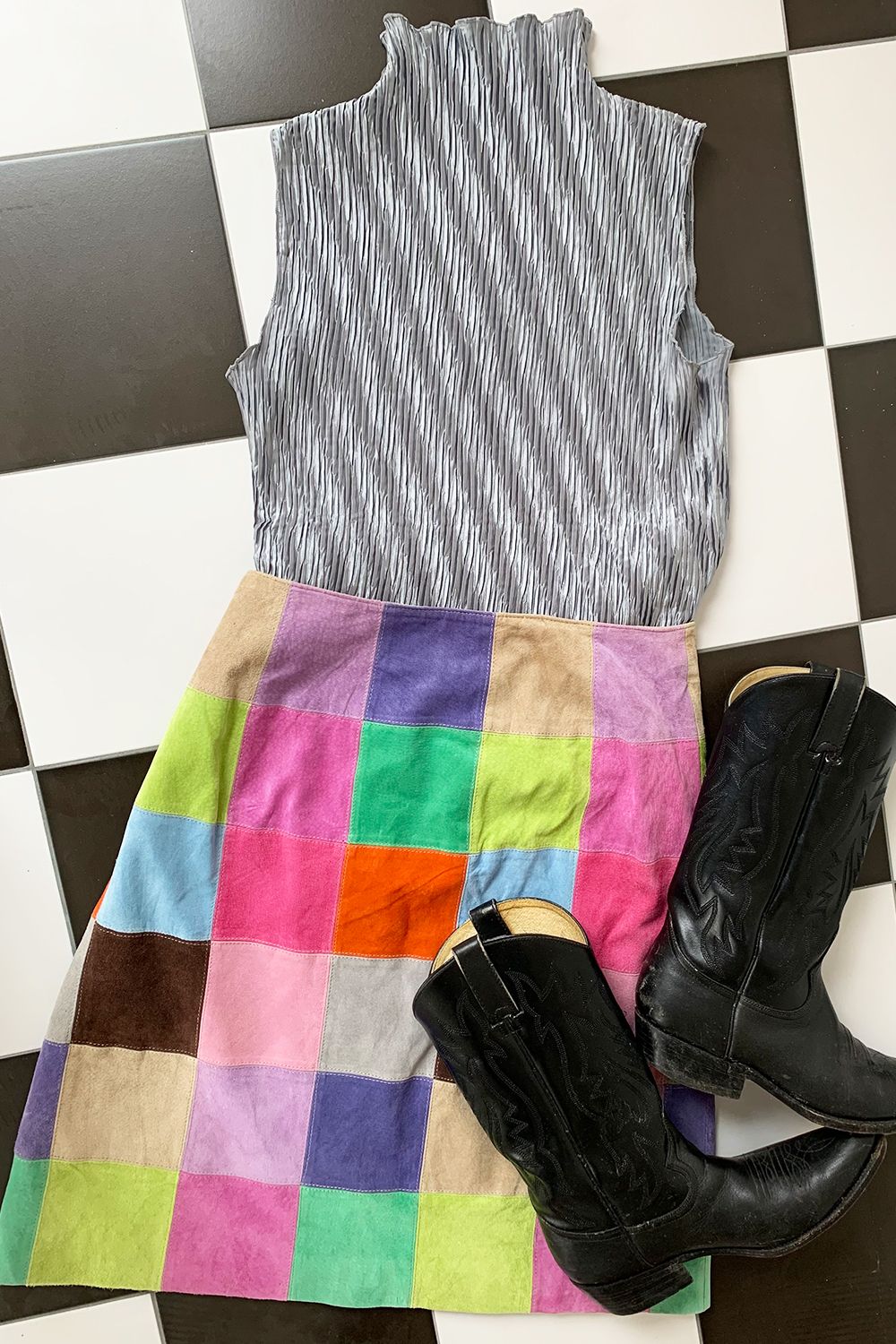
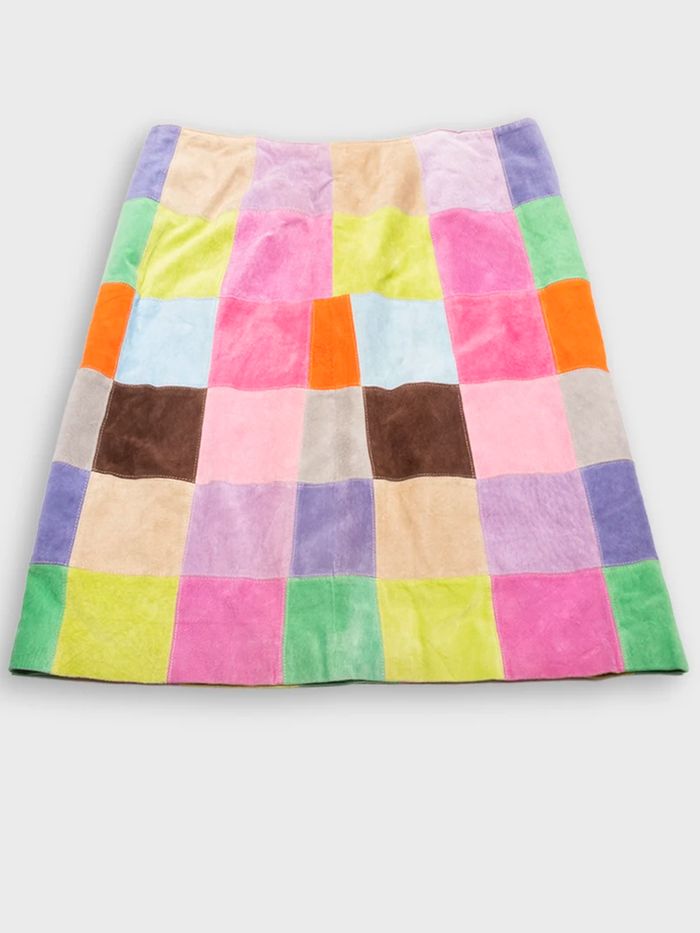
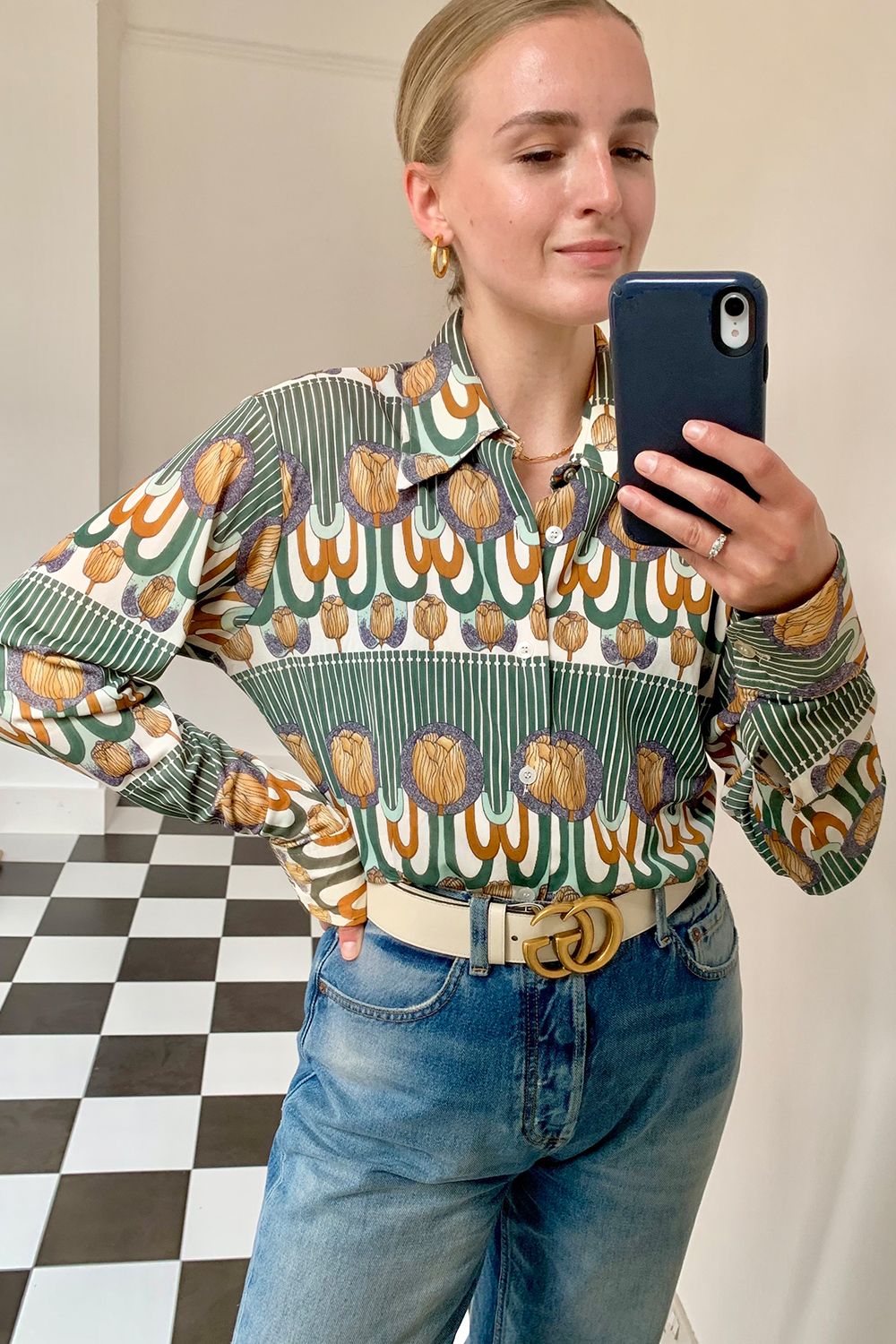
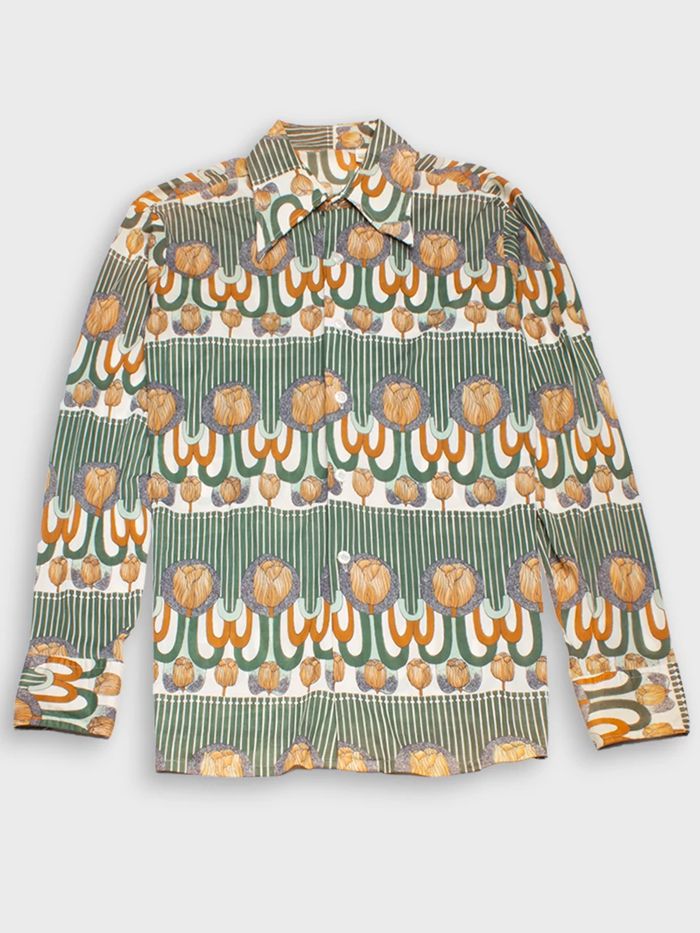
Up Next: How to Find the Best Vintage Pieces, According to a Second-Hand Expert



